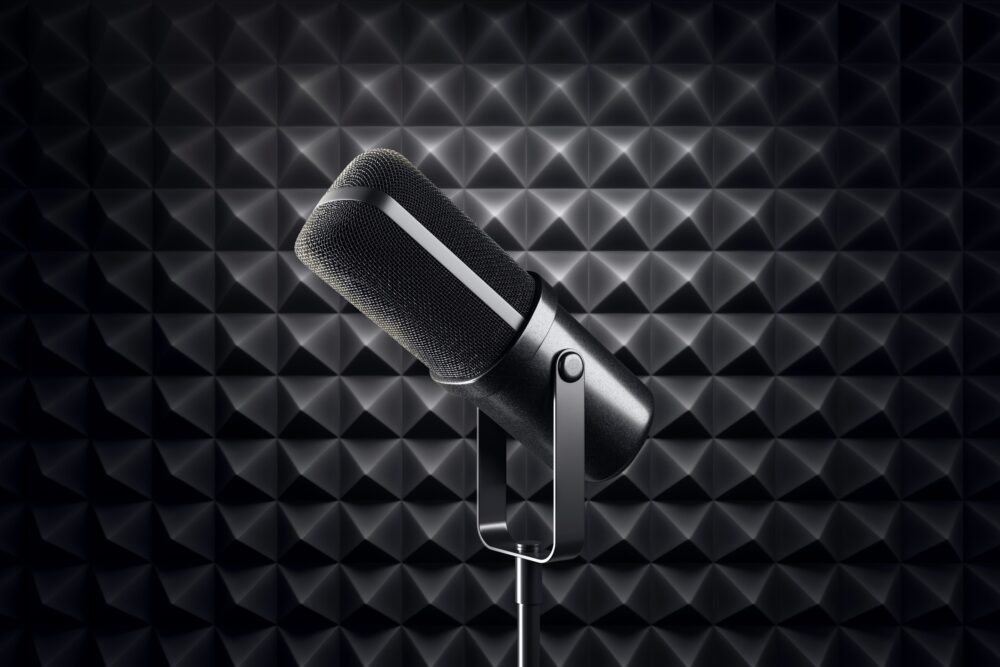- Tesla’s installing longer cables on its Superchargers
- Superchargers can now detect when a non-Tesla EV is plugged in
- Tesla’s Supercharger software will take into where a vehicle’s charge port is located
Tesla is installing longer cables and making other changes to accommodate EVs from other brands at its Supercharger DC fast-charging stations.
The official Tesla Charging account on X (formerly known as Twitter) the social media network owned by Tesla CEO Elon Musk, recently posted that the automaker is increasing the number of longer-cable V4 chargers and expects them to outnumber short-cable chargers within the next 18 months.
Tesla has also modified over 1,500 sites to avoid drivers blocking a charging space to reach a charger, and has updated the software that tells Tesla drivers which charging stalls are available, according to the same post.
Chevrolet EVs at a Tesla Supercharger station
To further account for EVs potentially blocking spaces to plug into chargers with short cables, Tesla claims it can now detect when an EV with a charge port located somewhere other than the left rear or right front of the vehicle is plugged in at shorter-cable spots in an effort not to overpromise on charger availability.
This is possible because Tesla can now detect what type of vehicle is plugged in, Max de Zegher, Tesla’s director of charging in North American said in an X post, adding that the charger-availability algorithm now refreshes about every 15 seconds.

Polestar 3 at a Tesla Supercharger station
A migration of most major car brands to Tesla’s North American Charging Standard (NACS) began in May 2023 with Ford, followed the formalization of NACS as a true standard by the SAE and the backing of that standard by the Biden administration, which has prioritized funding for expansion of public charging. Musk, meanwhile, nearly shuttered the Supercharger team earlier this year before backtracking and promising a $500 million expansion of the network.
Such expansion will likely be needed as more automakers equip their EVs to charge at Supercharger stations. To date, Ford, General Motors, Rivian, Polestar, and Volvo have made adapters available to customers, while the first non-Tesla EVs with built-in NACS ports are expected to appear in 2025.




